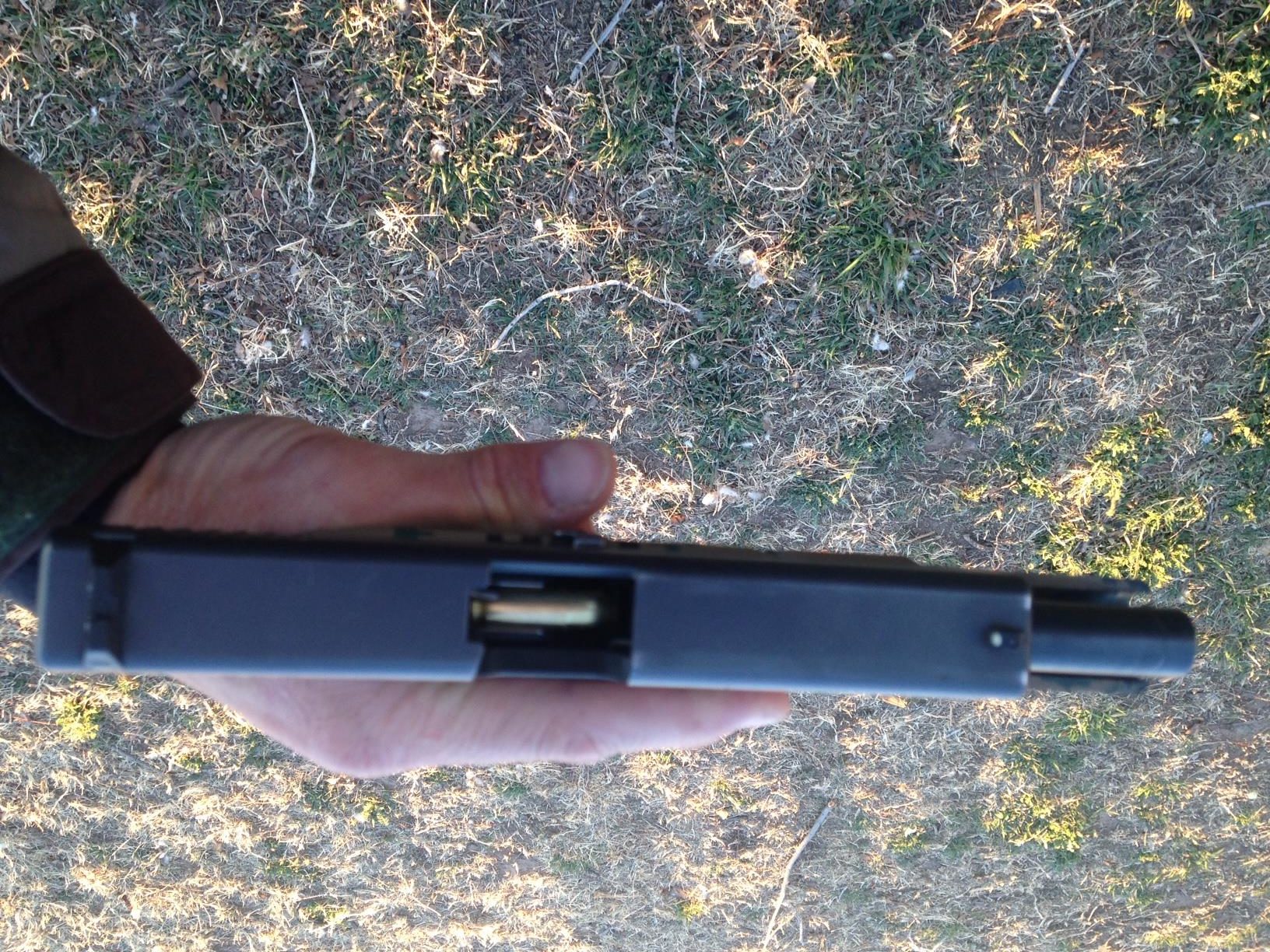Featured
Being prepared for chaos….Some quick thoughts
Published
1 year agoon
By
Terry NelsonThe Boy Scout Motto still holds true today more than ever!
For the uninitiated, the basics for survival and preparedness have long been established….shelter, fire, water, food, communication, medical. This list can expand greatly and be broken down into many sub categories from these basic needs. Exactly how you put together items for each of these fundamental needs can vary greatly depending on your geographic location, number of family/friends you are responsible for and specific requirements of individuals.
Let’s look at some variables and logistical approaches to preparedness and survival beyond the tangibles mentioned above….in other words being adaptable, mobile and having options as part of your plan–
Staying put in your current home/location:
If you happen to be at your home, or close to it when SHTF, there is much to be said for staying put. After all, you’ve made the necessary preparations and have supplies for many months (hopefully). You know the area and locations of additional resources. You’re comfortable in your home and have an idea of how to defend it. Your stay-put plan includes other members of your family, friends, or neighbors, and their respective roles.
Becoming mobile:
Perhaps you cannot reach your primary residence or are too far out to reasonably return. Or maybe you must leave your home because of fire, weather, or other catastrophic events. Does your plan include becoming mobile via one or more methods? Consider having the basics of survival stored in your bug-out means of transportation at all times (or the ability to quickly move gear to these transport options). The transport could be a variety of options to include, standard vehicles, ATVs, aircraft, boat, motorcycle, bicycle, snowmobile, horse or by foot. The amount of gear must obviously be limited by transport method.

Photo Credit: Pixabay.com
A few years back I lived in a rural area right along the banks of the Rio Grande River. The road to my house literally ended at the river. At times, the area demanded transportation options other than by automobile. My options included a john boat docked at all times during high water flow periods in a small inlet below the house. In low water periods I could cross the river by ATV, horseback, or on foot in order to access other resources to the south.
A group approach:
Working together as a group has its advantages…..and some possible drawbacks.
Pros:
Strength in numbers
Shared resources
Diversity of skills
Cons:
Too many chiefs
Internal conflicts/trust
Strain on resources over time
Not all eggs in one basket:
Spread your resources out in locations you can get to and that you are certain is secure (to the extent possible). I would split these resources between locations that are occupied and those that are well hidden.
While you’re at it, knowing multiple geographic locations that provide diversified natural resources (food, water, and shelter) may come in handy.
While it’s impossible to have expertise in all possible survival living skills, being knowledgeable and capable in a diverse set of skills will no doubt serve you well if chaos strikes.
Remember….. Only a fool confuses preparedness with paranoia.
You may like
-


Out With The Old: 5 Guns You Should Get Rid Of
-


Tips And Tools For Buying A Used Handgun
-


The 5 Best Concealed Carry Tips For Responsible Gun Owners
-


Top 6 ways to improve your self-defense training.
-


Outtakes for New Shooters: The Four Rules Of Firearm Safety
-


Change Up Your Training Regimen To Improve Your Skill

CZ 75 SP01 Tactical Gun Review | Gun Carrier

PODCAST: Gun Law Changes All Across America Right Now

PODCAST: How to Win Olympic Gold

PODCAST: 50 Important Ideas For Self-Defense, Self-Reliance, and Personal Safety

10 Best Gun Safes In 2022 | Gun Carrier

DP-12 | Double Barrel Pump Shotgun Gun Full Review


